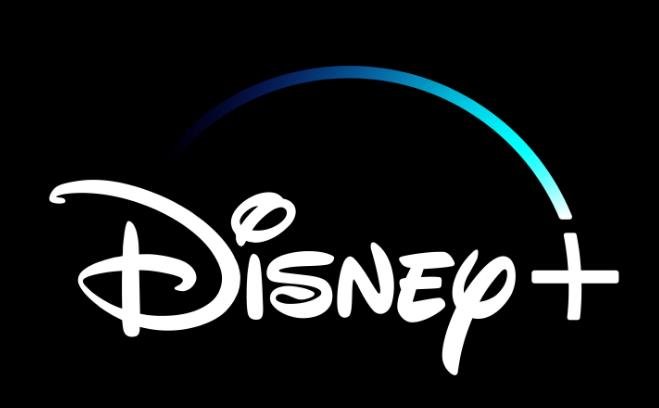Disney, the world’s largest media and entertainment company, is facing a tough challenge as it tries to balance its streaming and traditional TV businesses. The company reported disappointing earnings for the fourth quarter of 2022, missing analysts’ expectations and sending its stock price tumbling to a two-year low. Disney’s streaming division, which includes Disney+, Hulu, ESPN+ and Star, posted a $512 million operating loss, while its TV networks saw a 37% decline in operating income. The company blamed the poor performance on several factors, including the low-priced version of Disney+ in India, the removal of underperforming content from its platforms, the ongoing strikes in Hollywood, and the weak recovery of its theme parks.
Disney+ Loses Subscribers for the First Time
One of the most shocking revelations from Disney’s earnings report was that Disney+ lost 11.7 million subscribers in the quarter, marking its first-ever decline since its launch in 2019. The company attributed the loss to the low-priced version of Disney+ Hotstar in India, which accounts for about 40% of its global subscriber base. Disney+ Hotstar offers a basic plan for less than $1 a month, which is significantly lower than the average revenue per user (ARPU) of $4.12 for Disney+. The company said that excluding India, Disney+ gained 800,000 subscribers primarily overseas, bringing its total subscriber count to 118.1 million as of Oct. 2.

Disney’s CEO Bob Iger said that the company is working to improve the profitability of Disney+ Hotstar by offering more premium content, increasing prices, and cracking down on password sharing. He also announced that Disney+ will launch a new bundle in the U.S., which will include Hulu (with ads), ESPN+, and Star – a service that offers international content from Disney’s studios – for $20 a month starting Sept. 6. He said that this bundle will appeal to a broader audience and increase ARPU.
TV Networks Suffer from Cord-Cutting and Lower Ratings
Disney’s traditional TV business also faced a steep decline in operating income, which fell by 37% to $1.4 billion in the quarter. The company said that this was due to lower advertising revenue, higher programming costs, and lower affiliate fees from cable and satellite providers. Disney’s TV networks include ABC, ESPN, FX, National Geographic, and Disney Channel.
Disney is exploring a once-unthinkable sale of a stake in ESPN, its most valuable TV asset. Not all of it, Iger has made clear. But he wants “strategic partners that could either help us with distribution or content,” he said during an interview with CNBC last month. Disney has held talks with the NFL, the NBA and MLB about taking a minority stake. Their return has sent the Hollywood and Wall Street gossip mills into overdrive. Are Mayer and Staggs back in the running for Disney’s top job? Is Blackstone a potential investor in ESPN? Maybe the whole company is being prepped for a sale – with Apple as the buyer? The first two questions did not come up on Disney’s conference call, and Iger batted away the third.
ESPN on Tuesday announced a 10-year deal with a casino company to create an online sports betting brand and push more aggressively into the lucrative world of online gambling. Notably, the $2 billion deal allows ESPN to rake in gambling money without – in keeping with Disney’s family-friendly brand – becoming a sportsbook itself.
Hollywood Strikes and Theme Park Recovery Add to Disney’s Woes
Disney is also contending with dual strikes in Hollywood. Unionized screenwriters have now been on strike for 100 days and actors for 27. They want higher pay from streaming services and guardrails around the use of artificial intelligence by studios. “I am personally committed to working to achieve this result,” Iger said, adding that he had “deep respect and appreciation” for actors and writers.
Disney’s theme parks, which were hit hard by the pandemic, have seen some signs of recovery, but not enough to offset the losses from streaming and TV. The company said that its theme park division posted an operating income of $356 million in the quarter, up from a loss of $1.1 billion a year ago. However, attendance at its domestic parks was still down by 10% compared to pre-pandemic levels. Some analysts have blamed ticket price increases. Others have said that tourist demand has shifted away from locations that reopened earlier in the pandemic – like Florida – and toward destinations that remained closed for a longer period.
Iger Remains Optimistic About Disney’s Future
Despite the disappointing results, Iger said that he is “overwhelmingly bullish” about Disney’s future, noting that the company was on track to exceed a goal, announced in February, to cut $5.5 billion in costs. He also said that Disney has a strong pipeline of content for its streaming and TV platforms, including new Marvel, Star Wars, Pixar, and Disney Animation titles. He said that Disney will continue to invest in its streaming business, which he believes will be the main driver of growth and profitability in the long term.
Excluding the charges, which were related to the removal of more than 30 underperforming shows and movies from Disney+ and Hulu, Disney reported earnings per share of $1.03. Analysts had expected 95 cents.
